In 1980, a coal mine in the Welsh mining town of Blaenavon closed after 100 years of service. The site was reopened for visitors 3 years later in 1983, and has since remained a popular destination for those looking to learn about Wales’ past in mining fossil fuels. On a seemingly unrelated note: That same year, amidst a declining coal industry and an unprecedented rise in big hair and Spandex, Nikon released their first autofocus compact camera, the Nikon L35AF.
In the years following 1983, Blaenavon’s Big Pit has served as a history lesson and memorial to a thankfully dying industry. On the contrary, Nikon’s L35AF represented a huge technological advancement in the world of photography. Every major camera company would soon come to release autofocus point & shoot cameras, flattening the learning curve of photography, and letting ordinary people photograph their family, pets, holidays, and whatever else they were willing to subject their local development lab to.
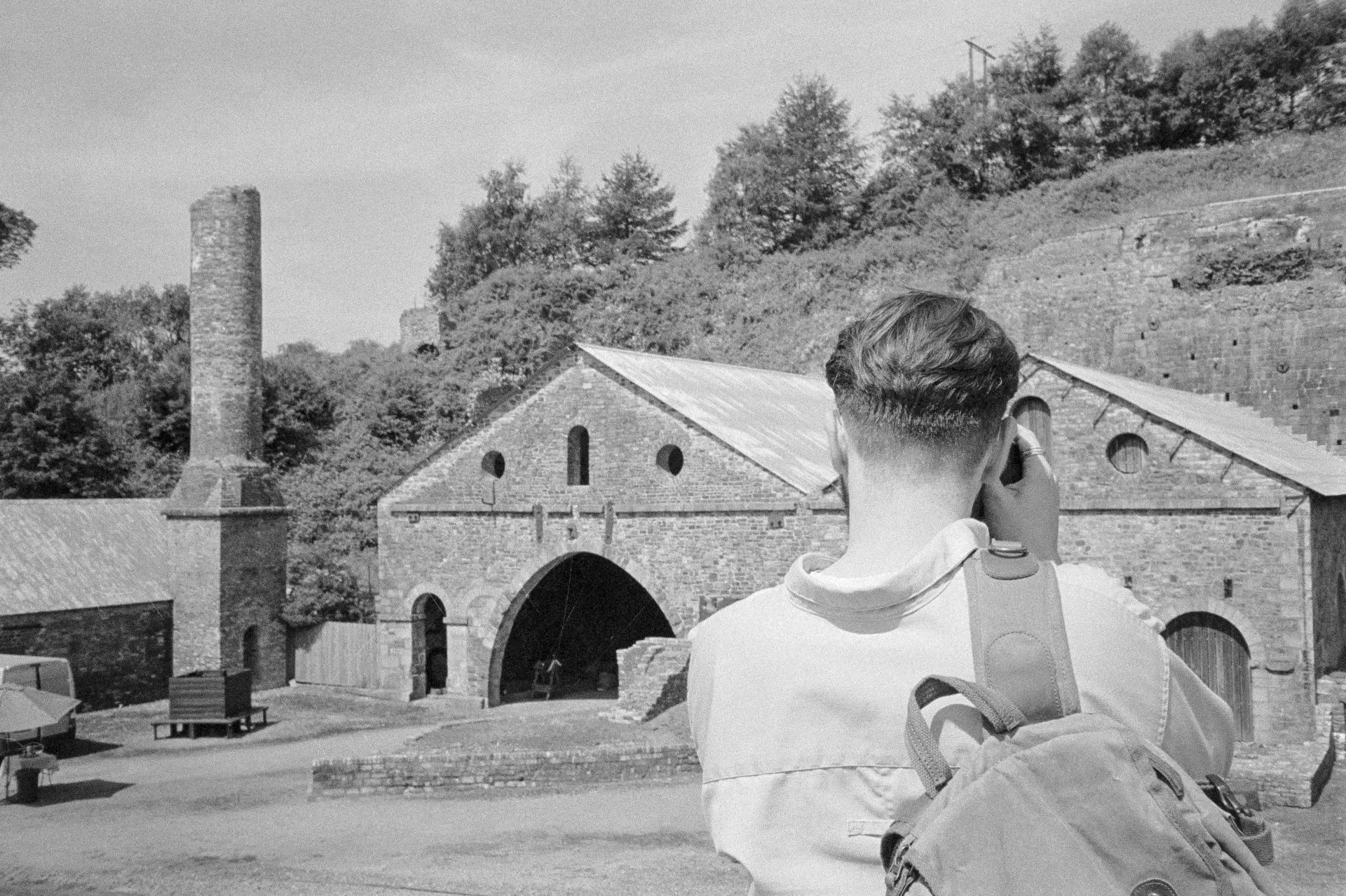
Keen to photograph new (old) things, and even keener to keep the car journey short, myself and 2 friends decided to take a photo trip to the local Big Pit. On the way there, we stopped to photograph Blaenavon Ironworks, a museum to life in Wales throughout the earlier half of the 1900s. The Iron Works is just down the road from Big Pit and helps to complete the picture of how life used to be in industrial South Wales (This is where the above and below photos in this article were made).
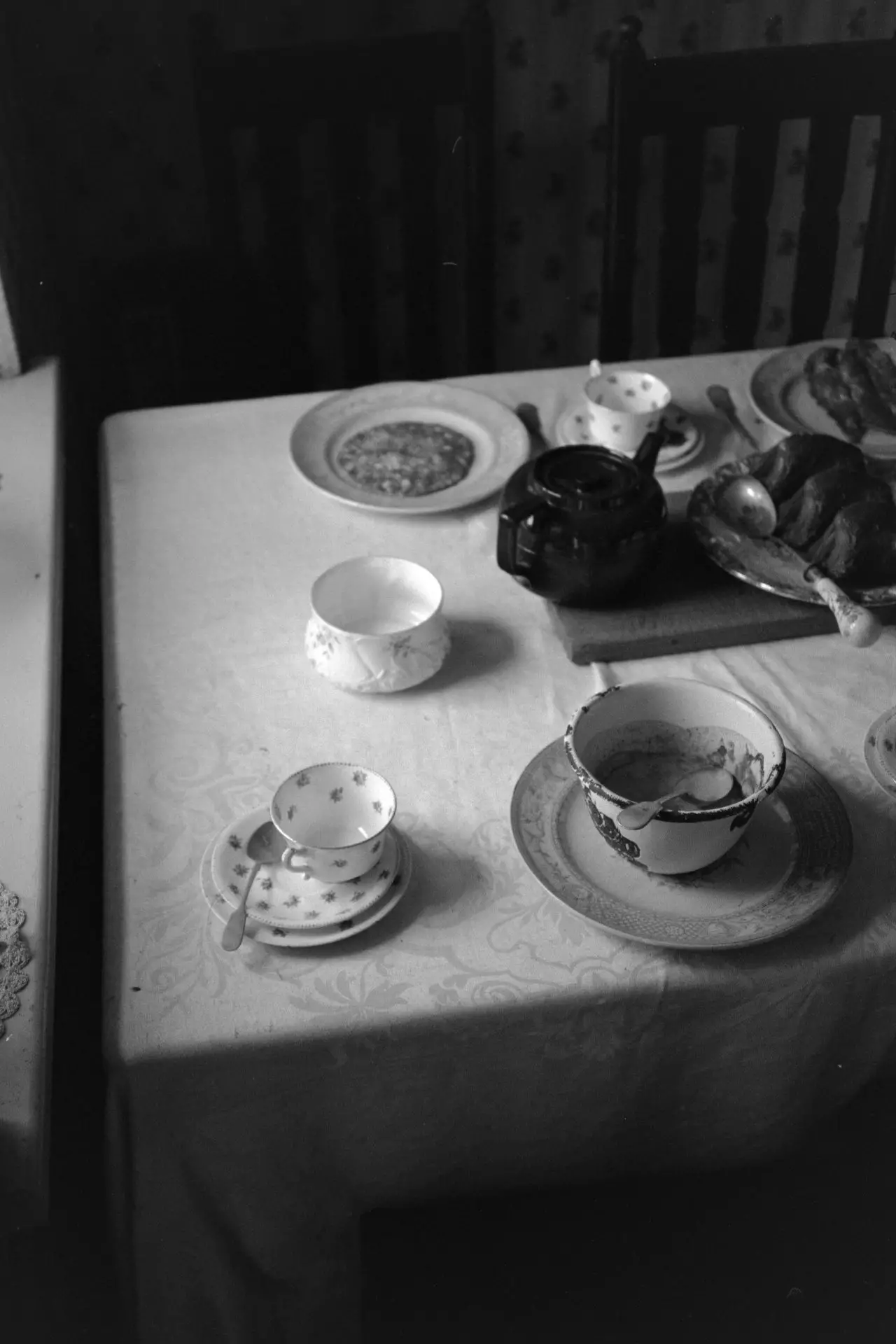
This trip was an odd one for me – Ordinarily on photo trips I’d mainly use my Canon A-1. However, I had just recently sold my A-1, leaving me with a Mamiya RB67, this little Nikon, and an SLR-shaped hole in my chest. So for our trip to Big Pit, I loaded a roll of Iflord Delta 100 in the L35, and hung the crushing weight of the Mamiya over my right shoulder for the day. (This was the day I truly realised how disgustingly impractical an RB67 can be.)
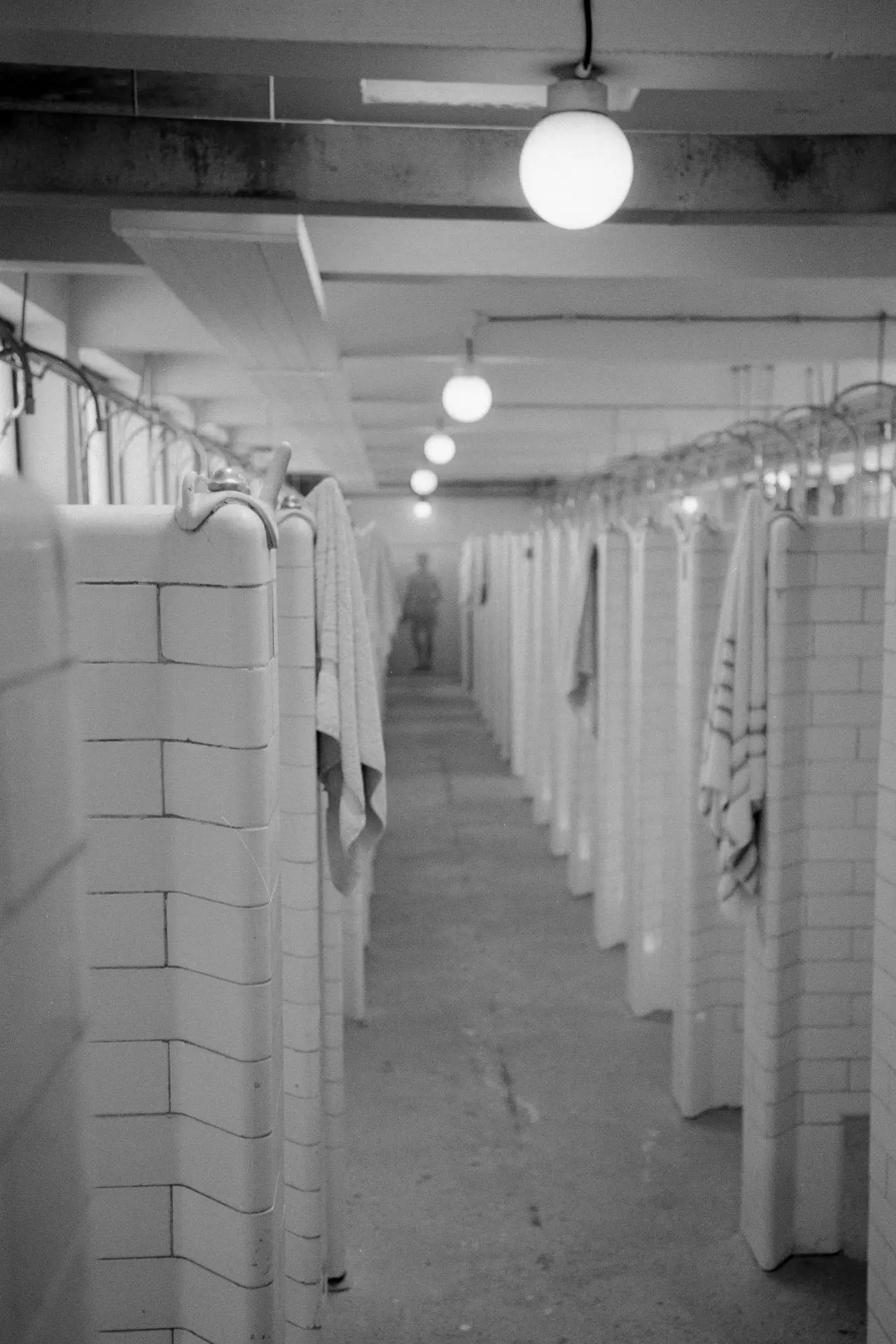
I love how these photos came out. The little black box and its 35mm f2.8 lens are universally acclaimed because it can produce some beautiful, sharp photos with more character than the Marvel Cinematic Universe. Every time I get a roll back from this camera, it blows my tiny mind once again.
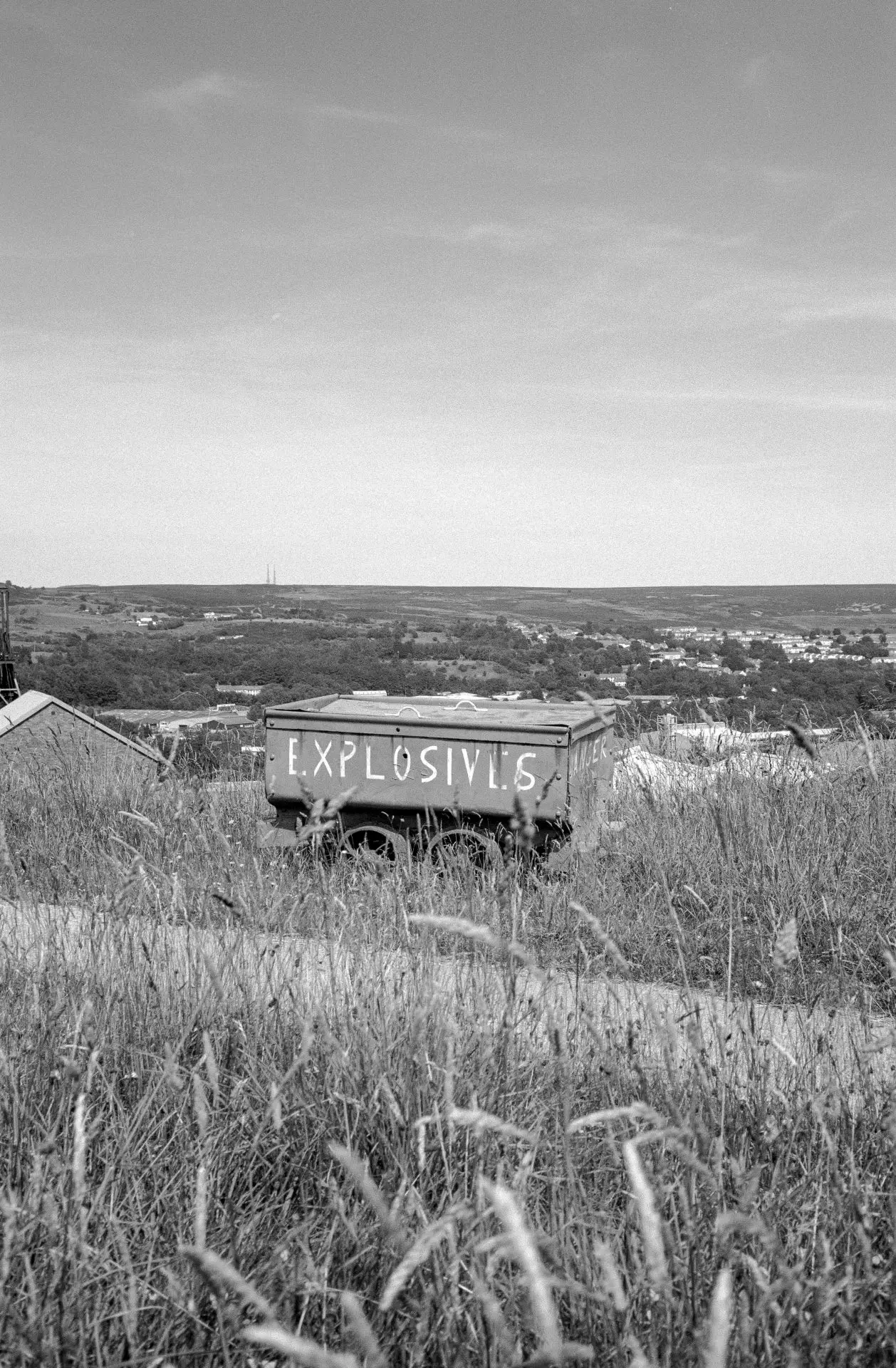
I bought my first L35AF in August of 2021, and it died on my birthday 3 months later. In hindsight, it probably was salvageable, but I wasn’t comfortable taking cameras apart at that point. I loved that camera more than life itself, and I have since owned, fixed, and sold 10+ of them. It’s becoming a twisted addiction. My brain chemistry has probably been permanently altered by the long nights of scrolling hopelessly through bloodshot eBay eyes, in search of yet another L35 in need of some pampering.
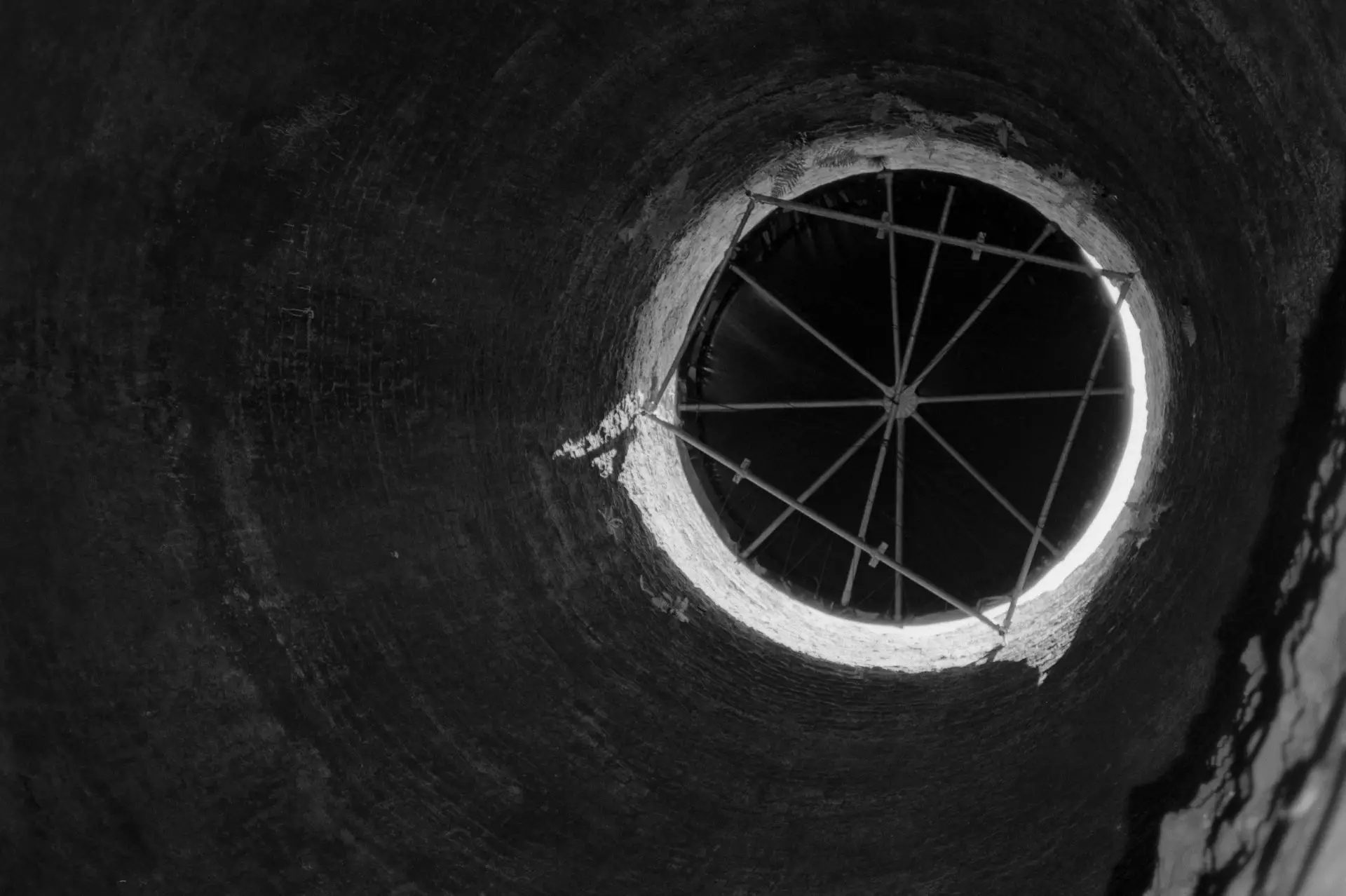
Film developed by Express Imaging in Cardiff and scanned at home, using a Nikon Z6 & Micro-Nikkor 60mm f2.8.
Follow me on Instagram: http://www.instagram.com/ellisthooooomas
Share this post:


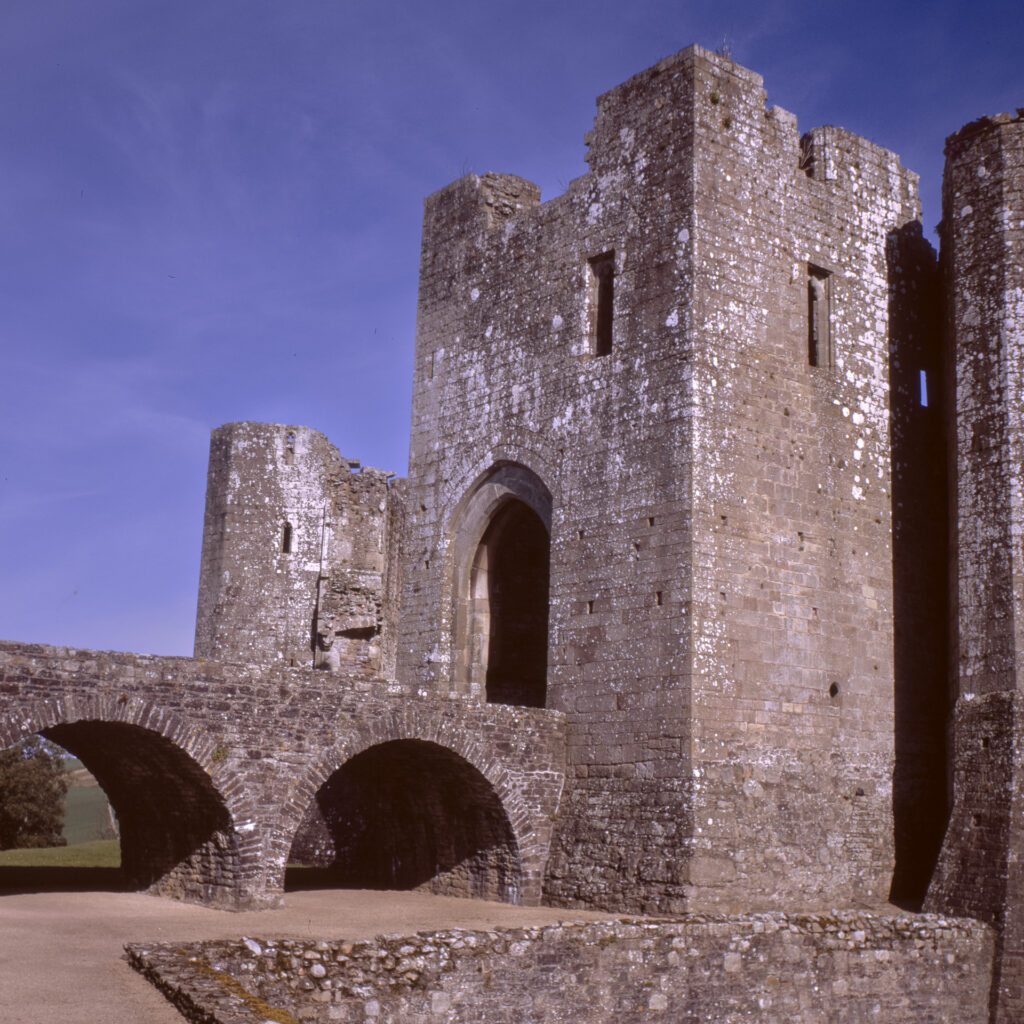
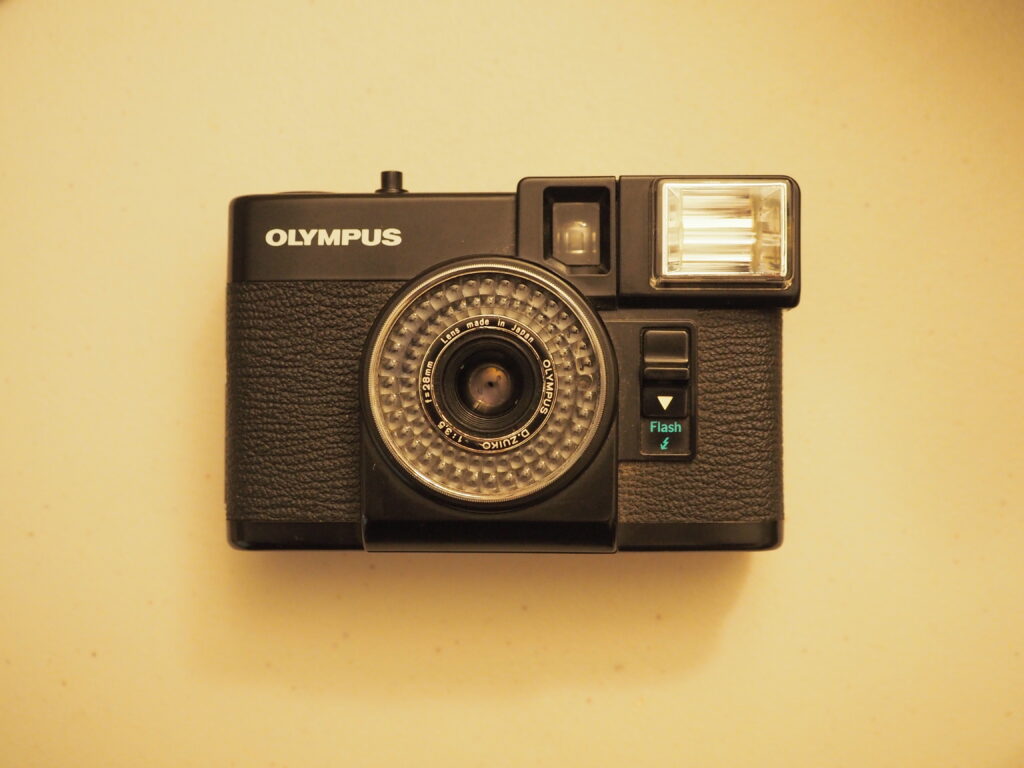
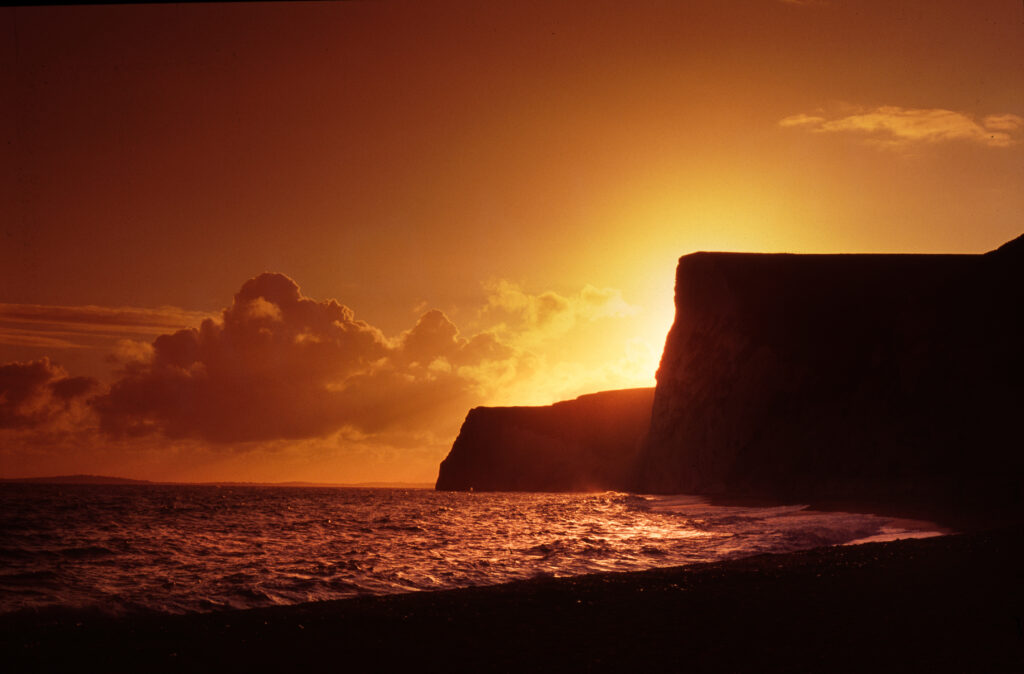
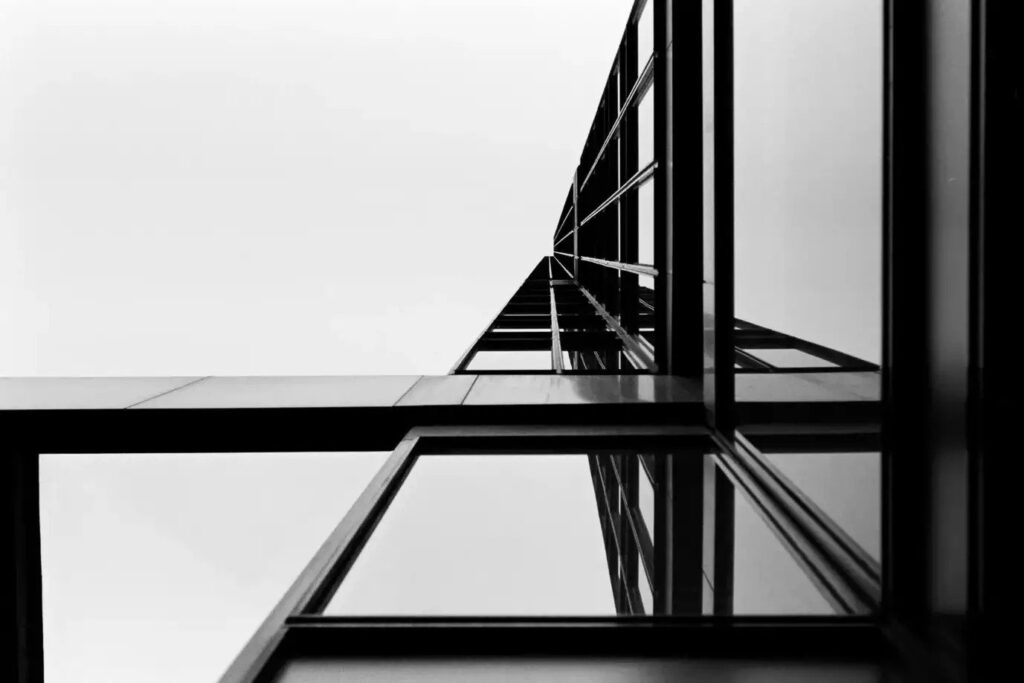
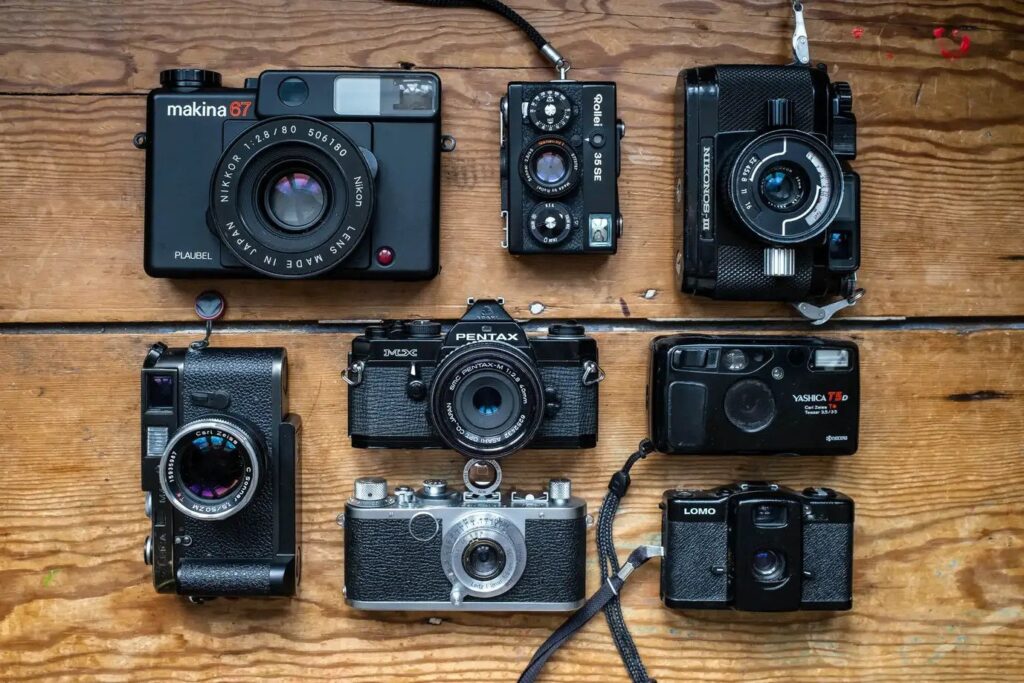
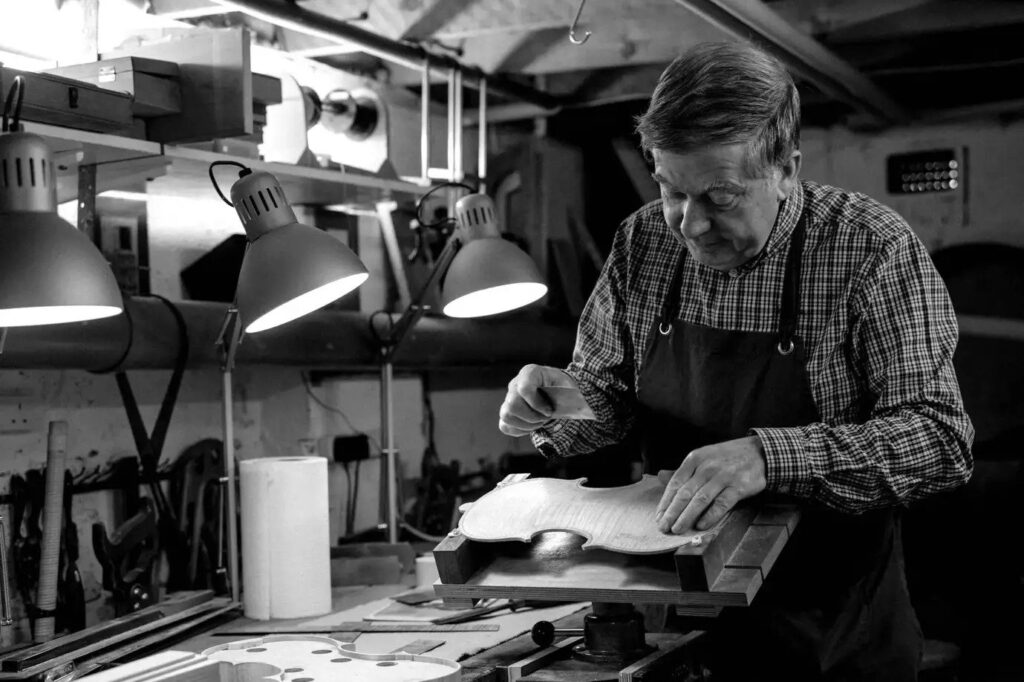
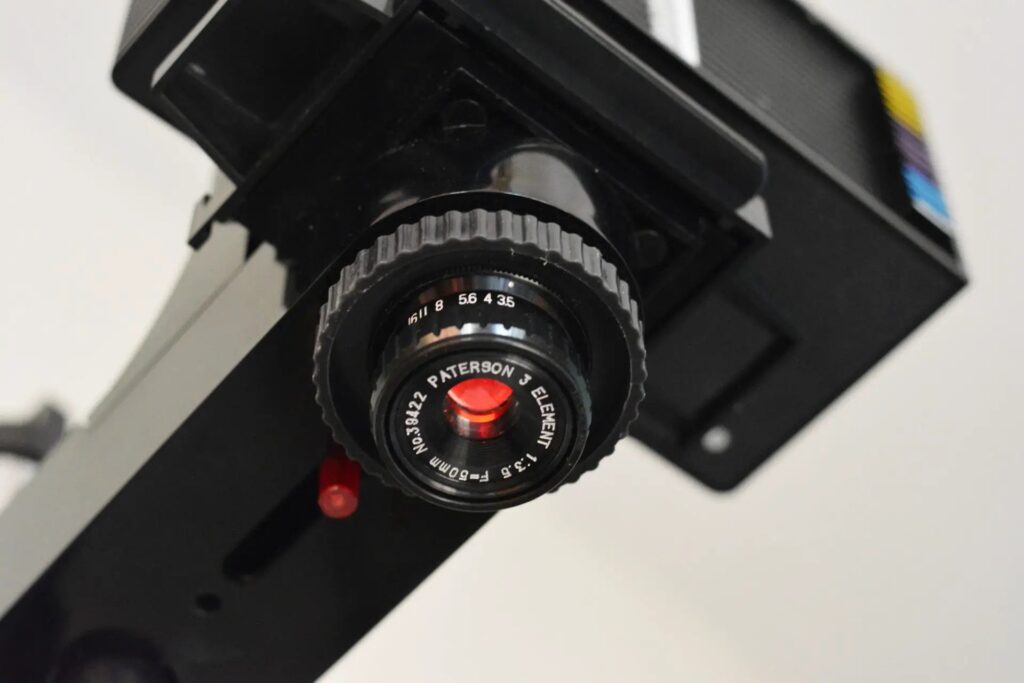
Comments
Johan on 5 Frames in Blaenavon with a Nikon L35AF – By Ellis Thomas
Comment posted: 15/09/2022
Comment posted: 15/09/2022
Sacha Cloutier on 5 Frames in Blaenavon with a Nikon L35AF – By Ellis Thomas
Comment posted: 17/09/2022
Very fun article, thanks for sharing!
Comment posted: 17/09/2022
Comment posted: 17/09/2022